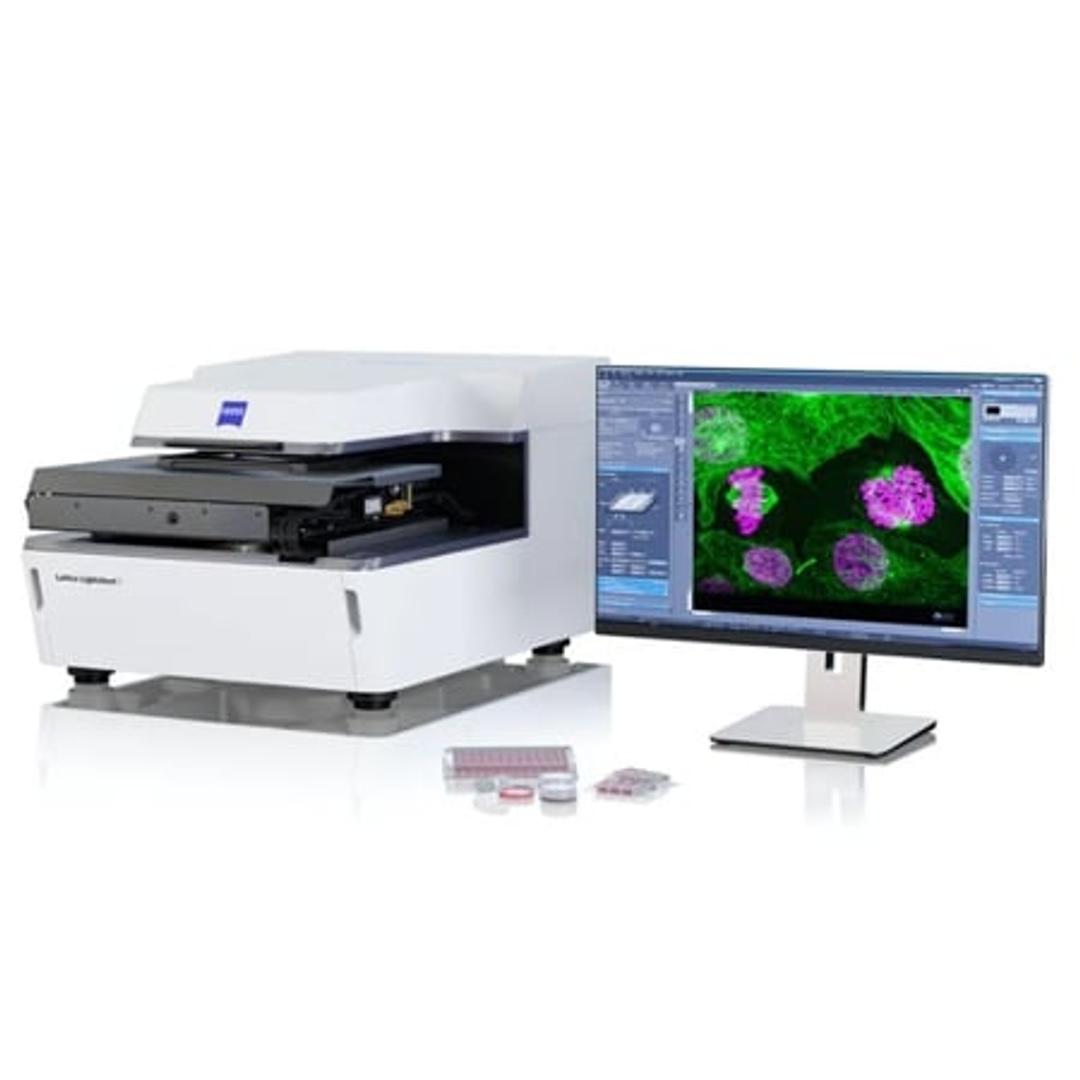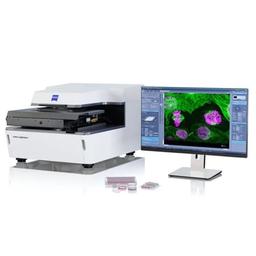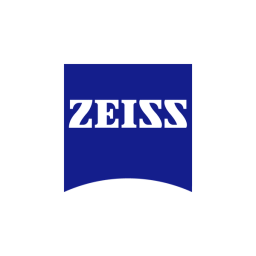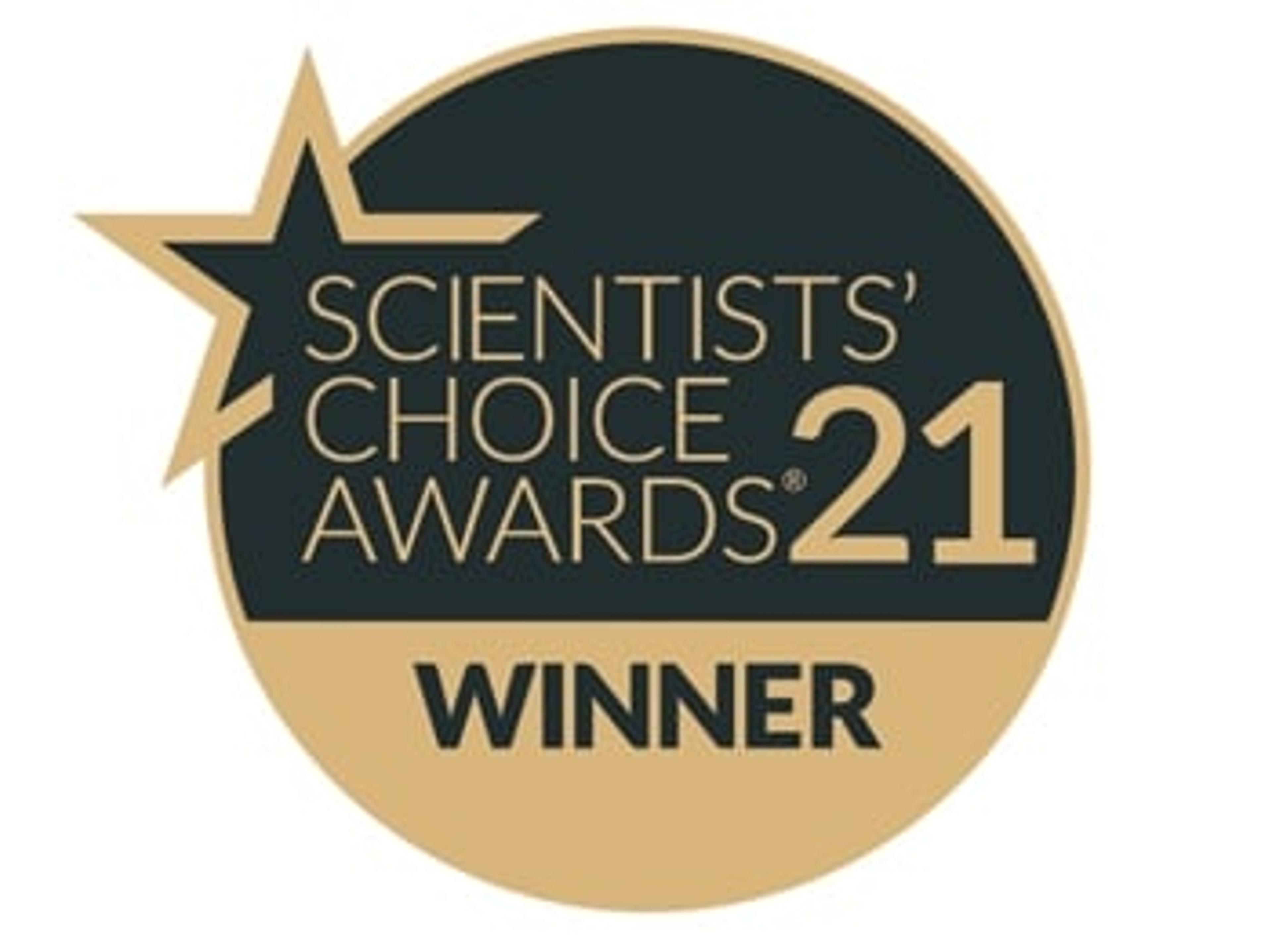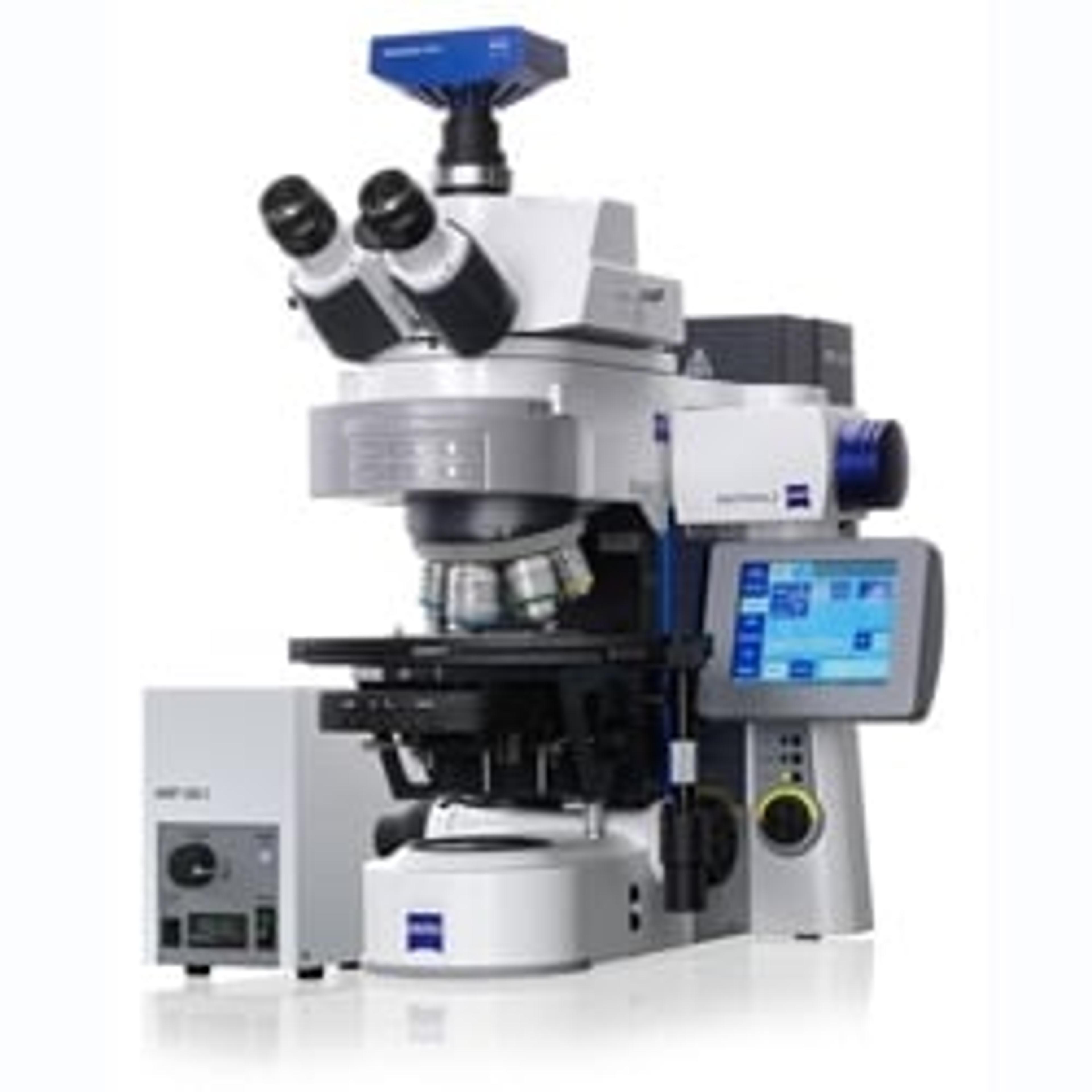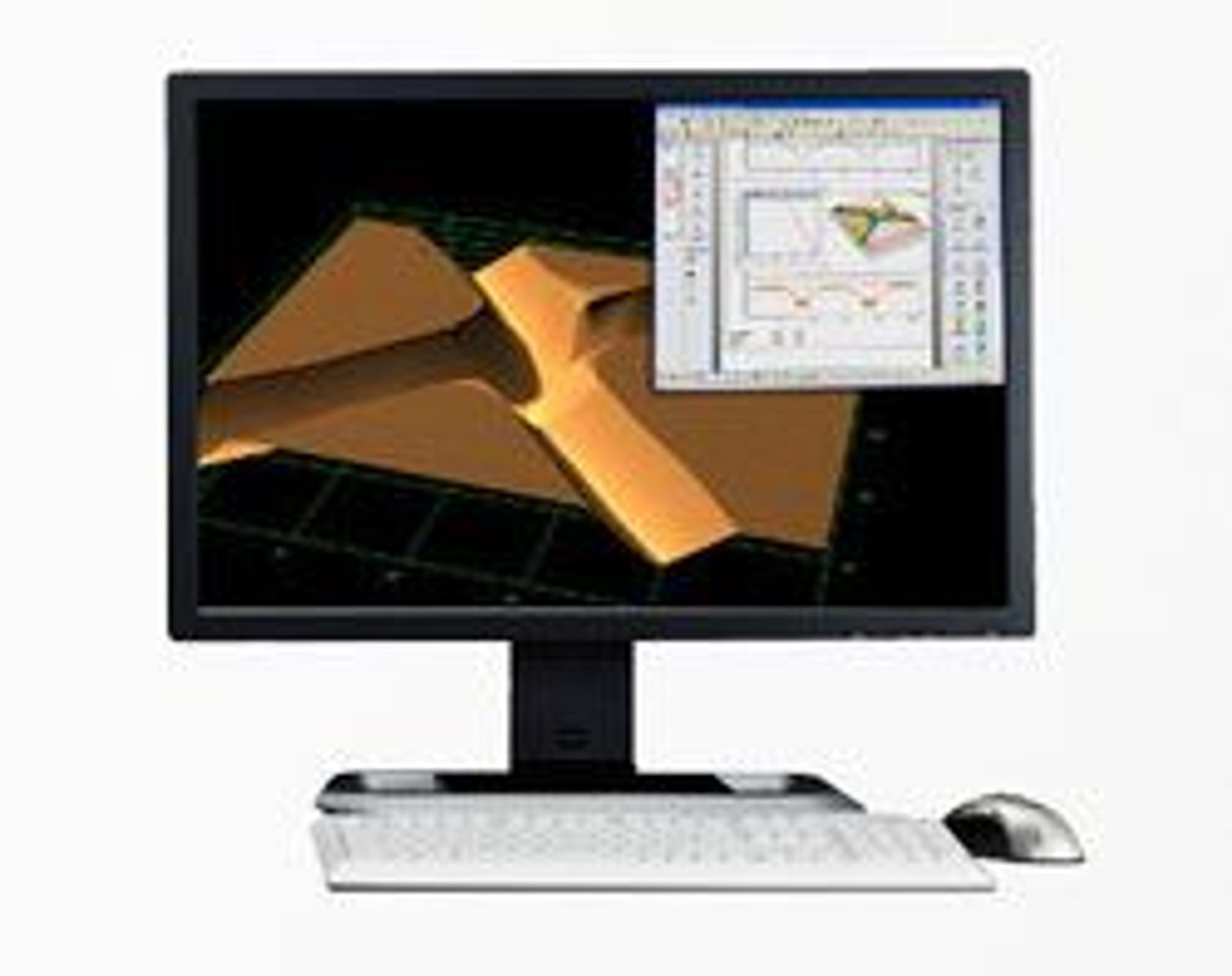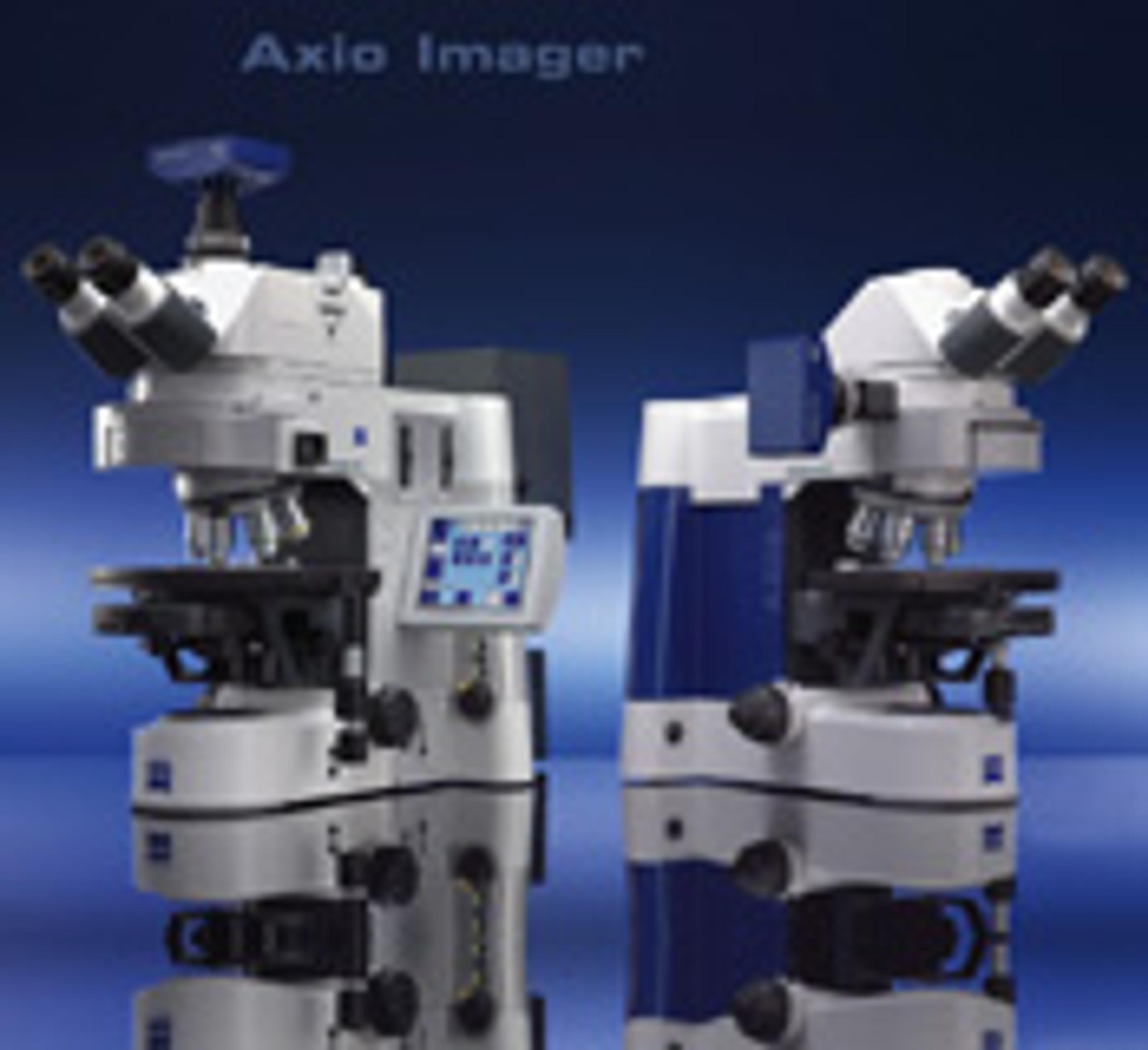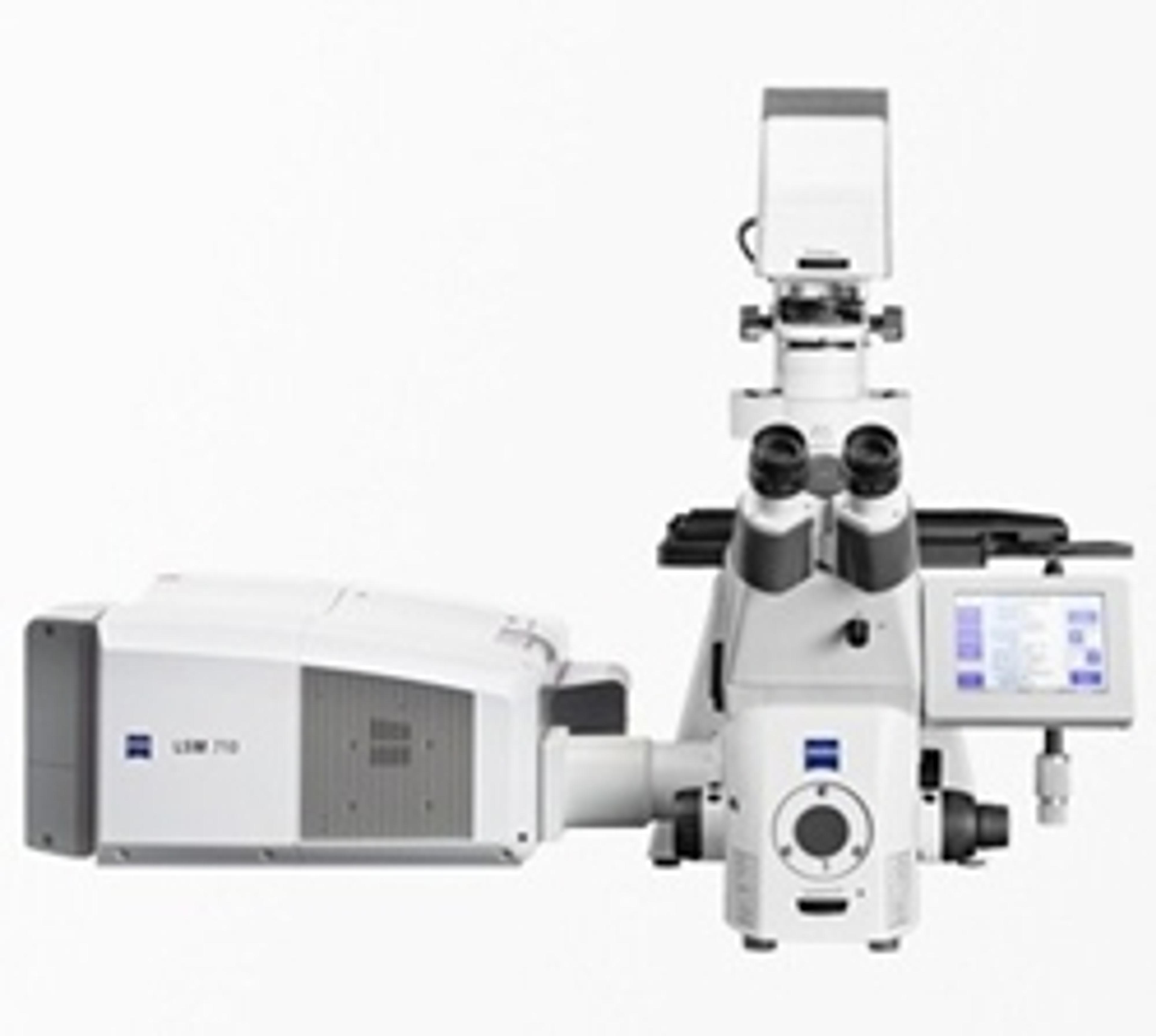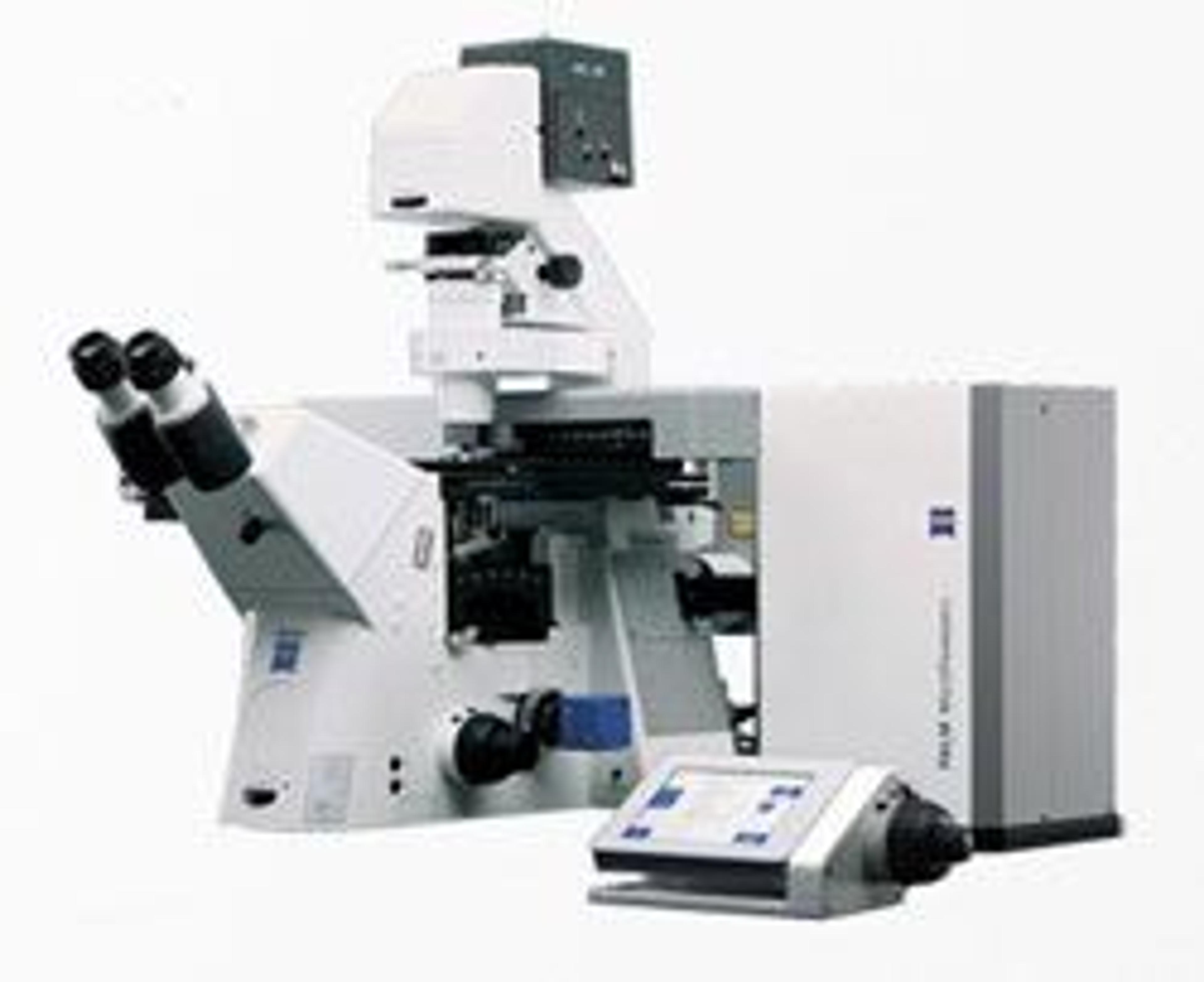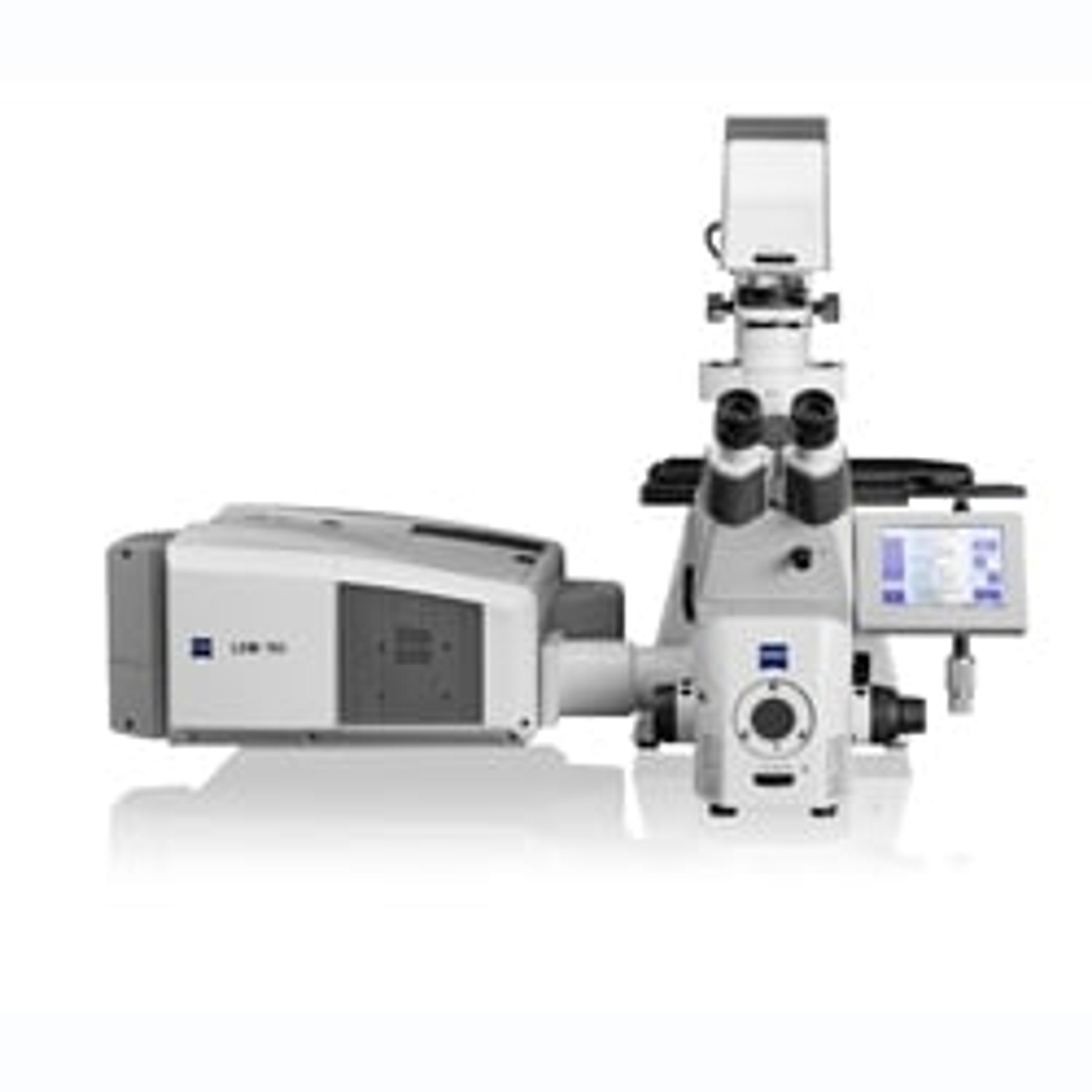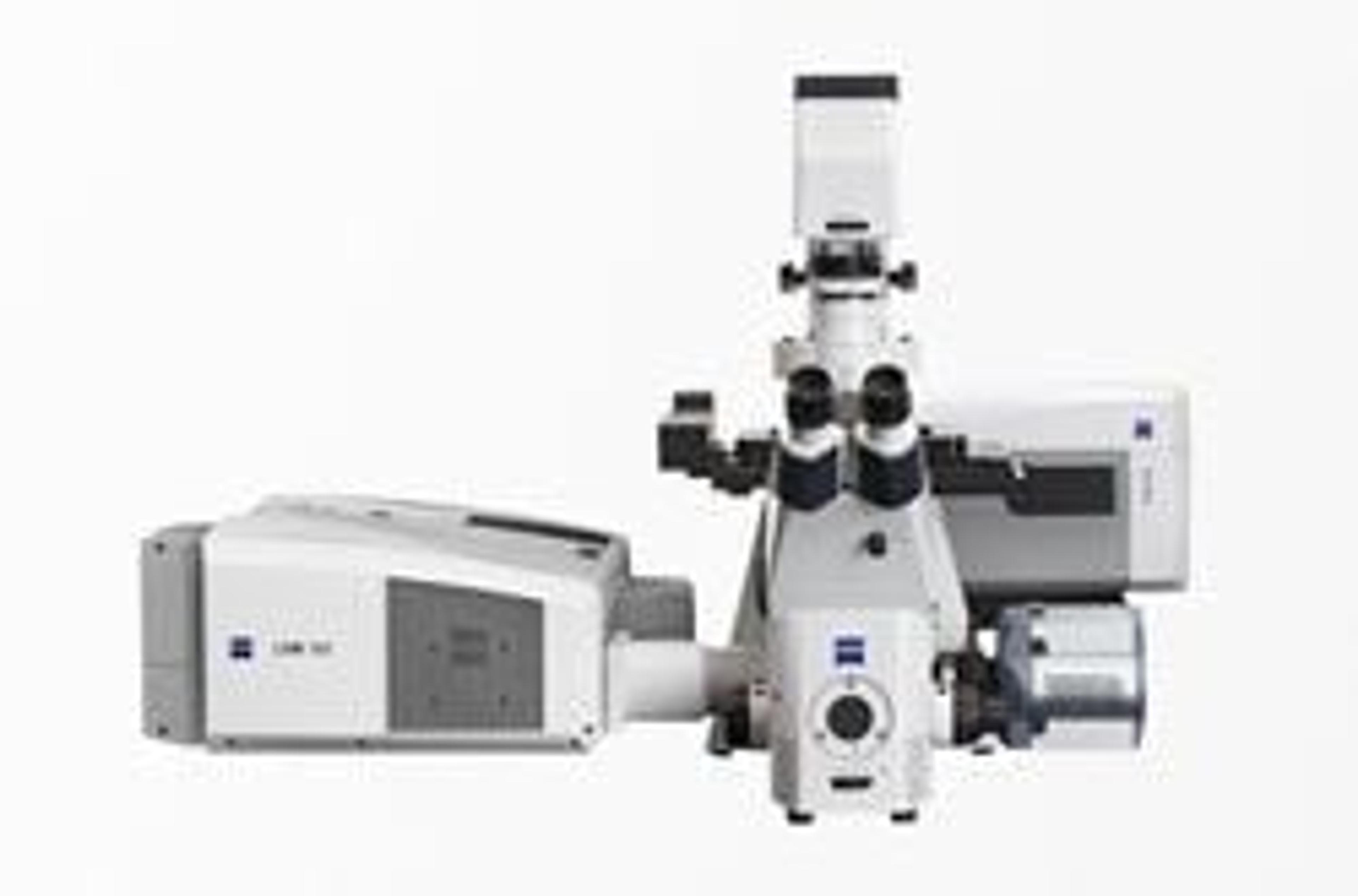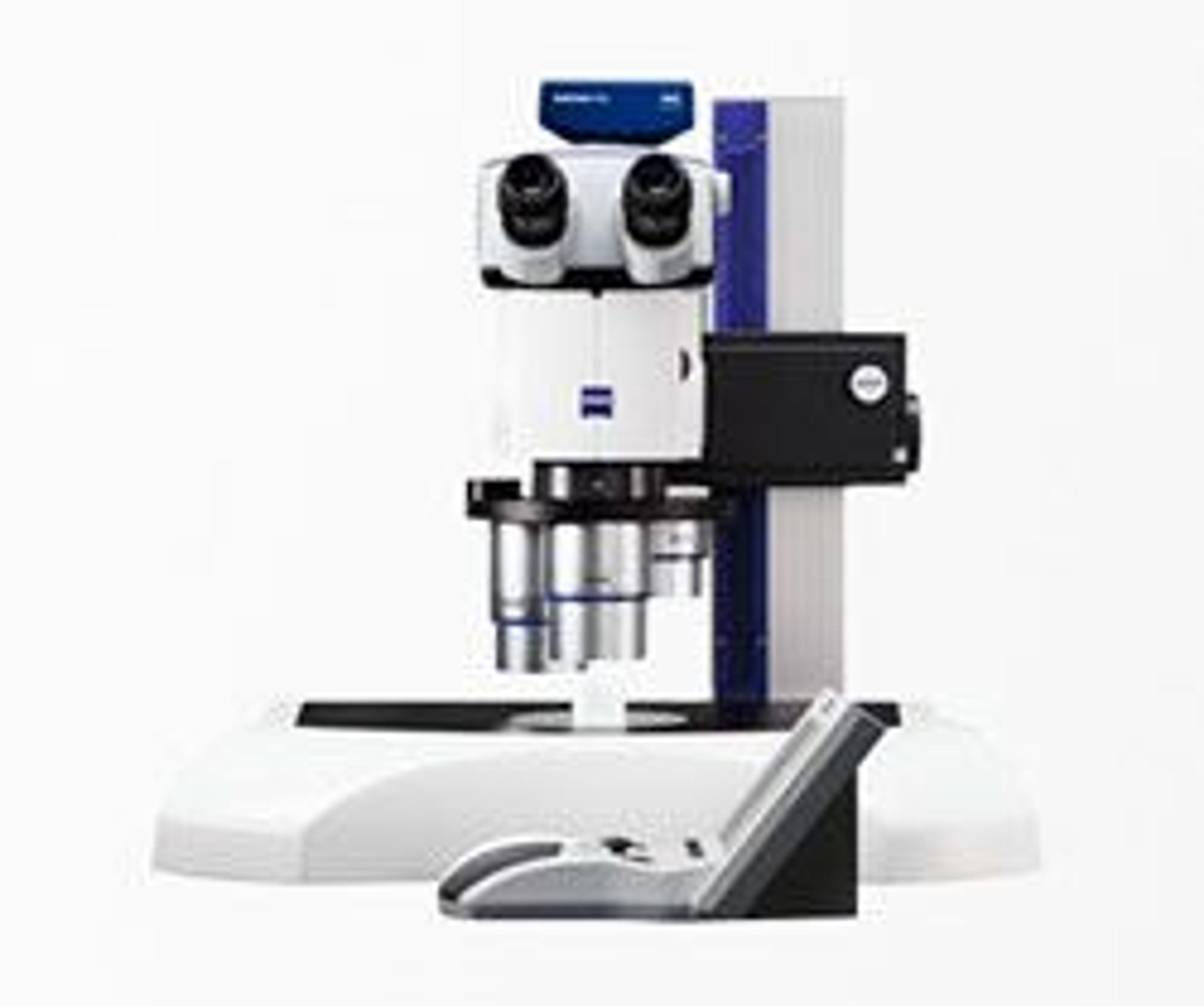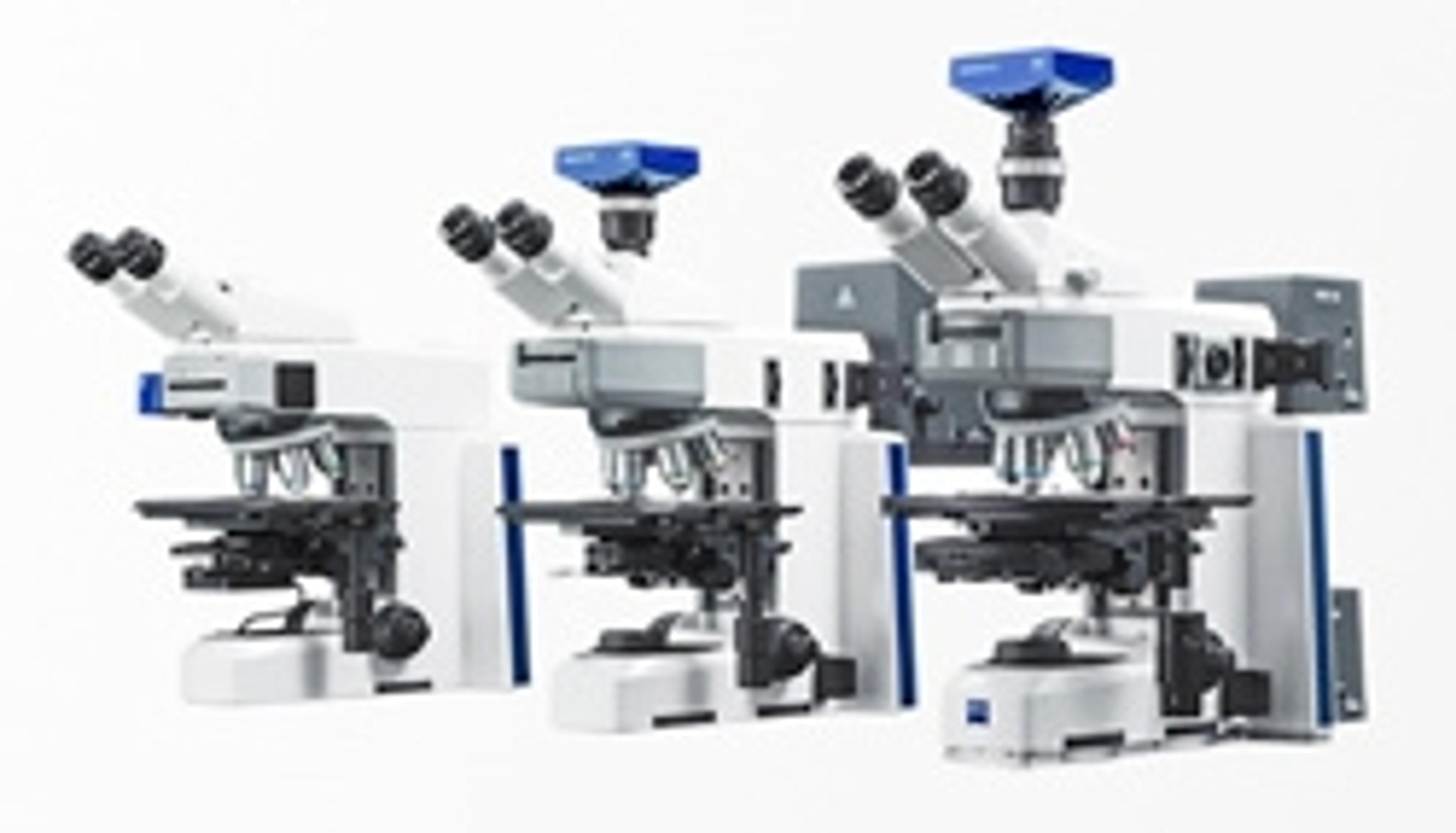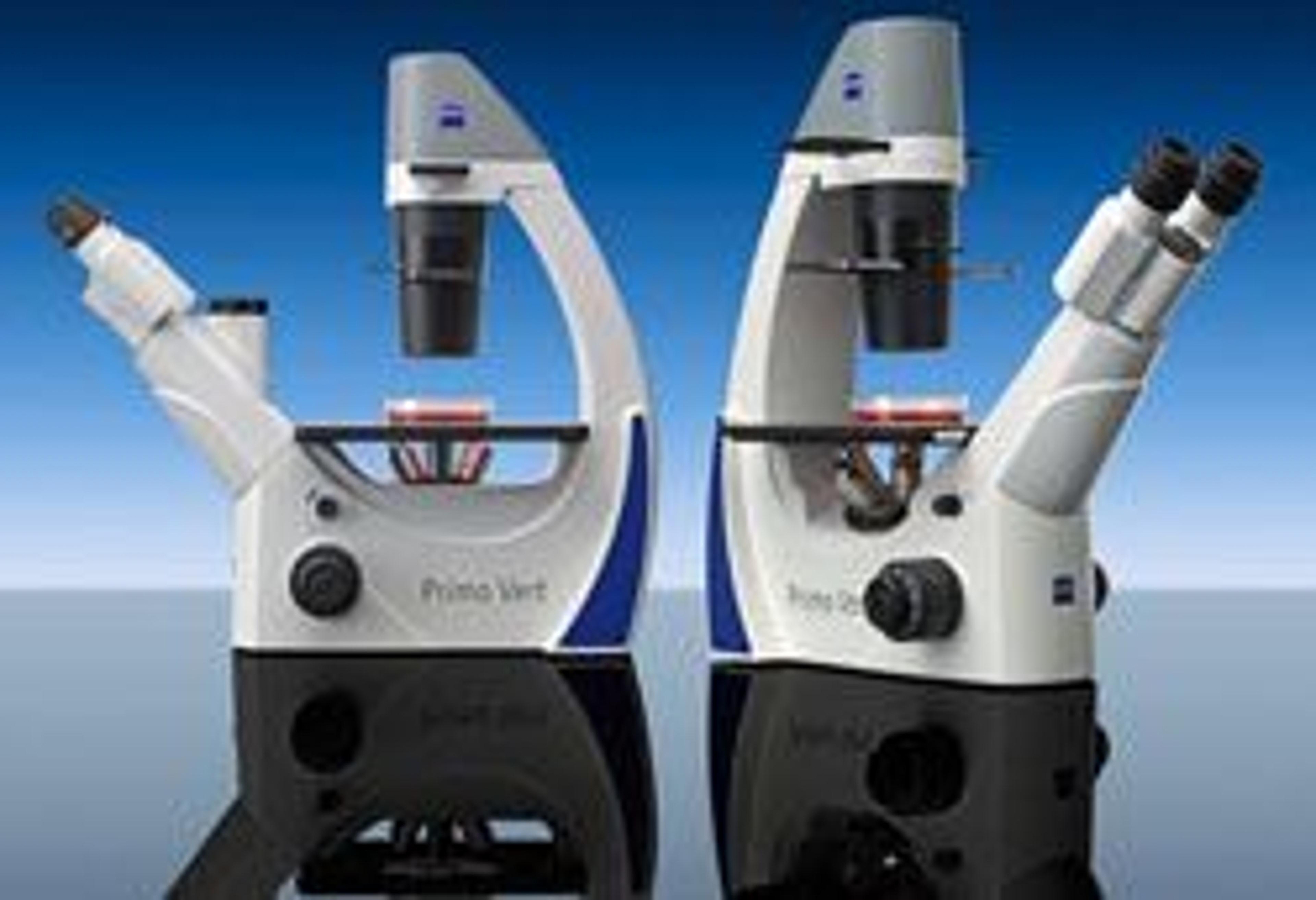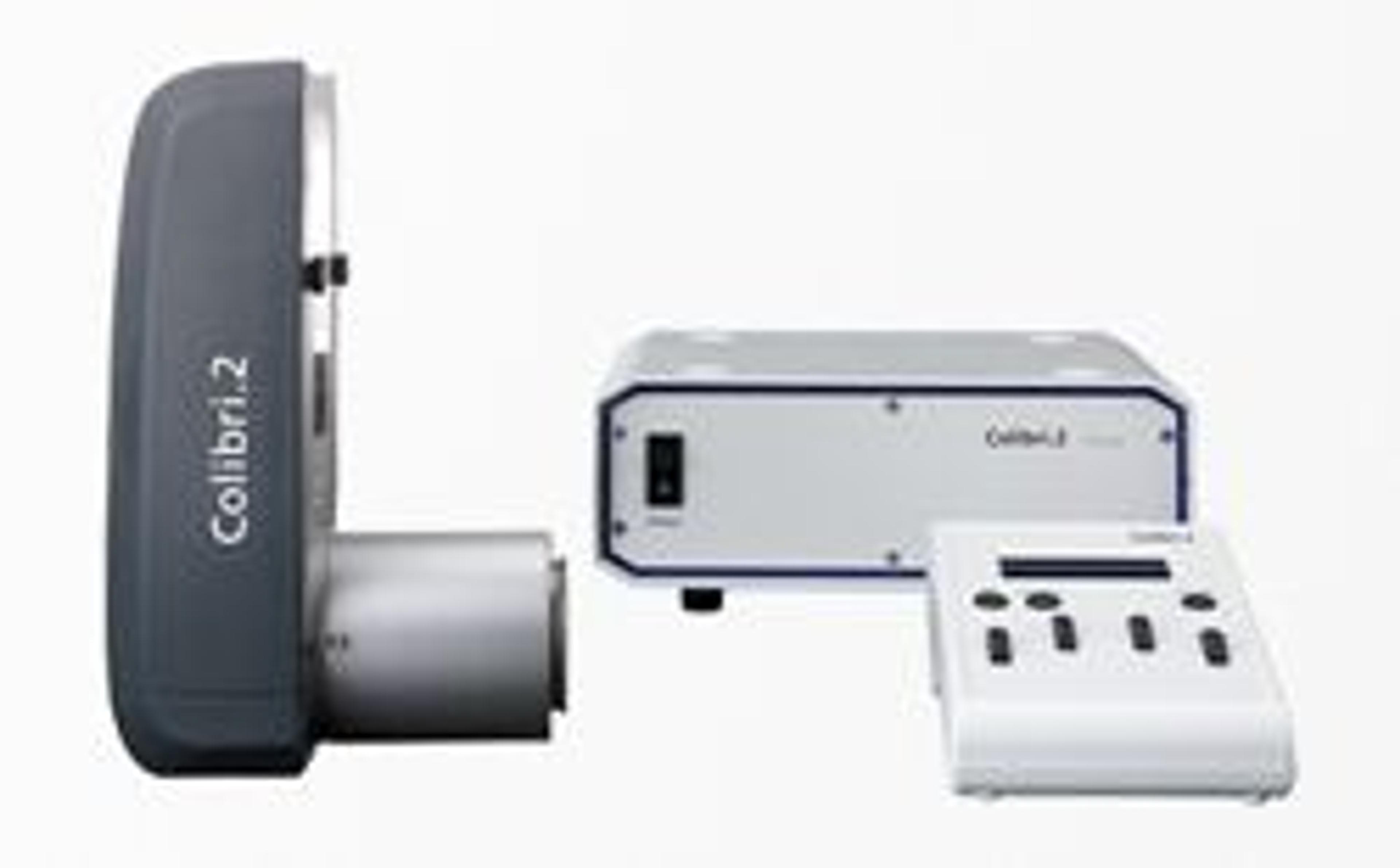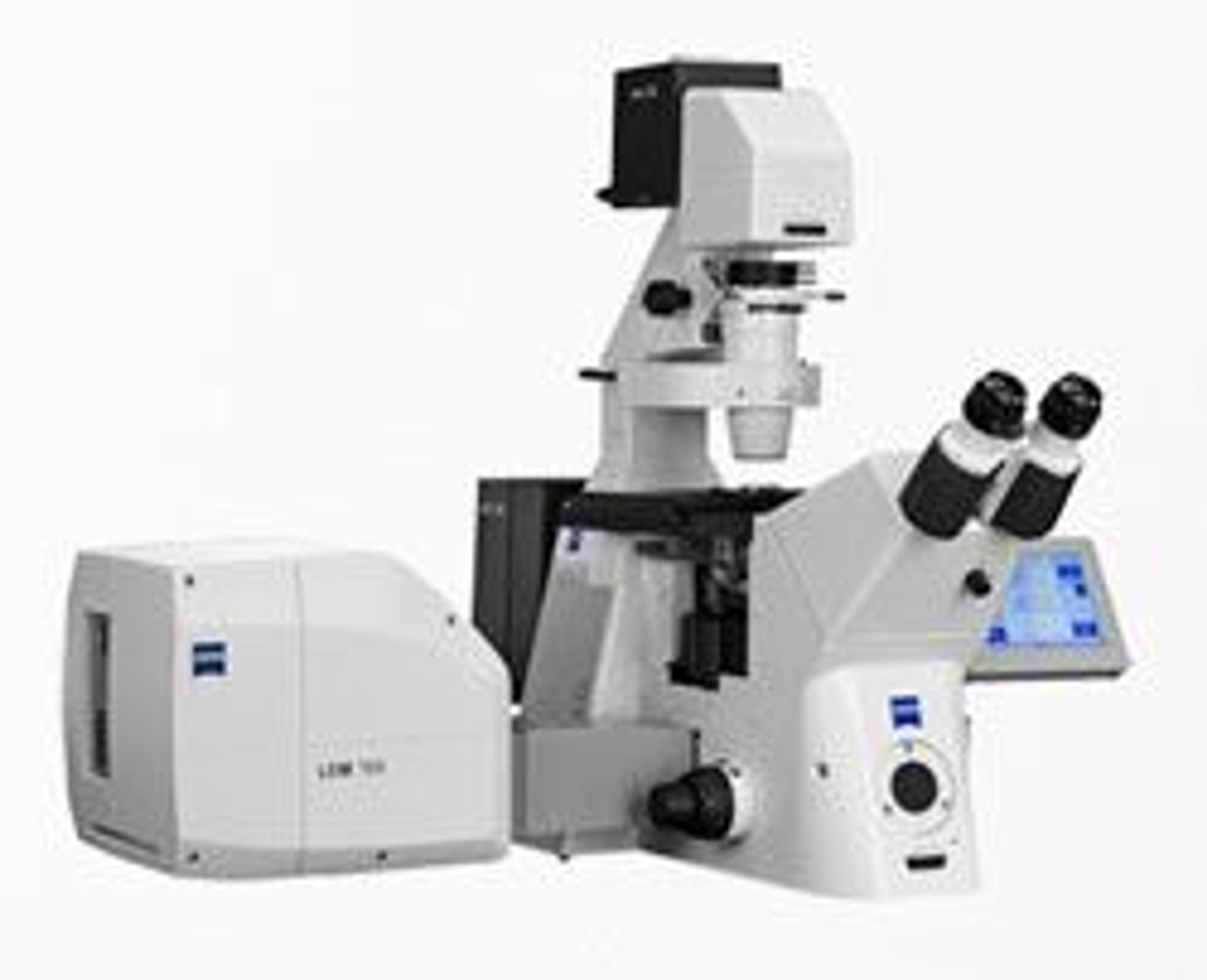ZEISS Lattice Lightsheet 7
Long-term volumetric imaging of living cells
A nice piece of equipment available for biologists
Live cell imaging
Lattice Light Sheet Microscopy was difficult to use with quite a number of limitations. Zeiss system must be well engineered to provide as an easy to use tool.
Review Date: 16 May 2021 | ZEISS Research Microscopy Solutions
Best quality & service support.
Biomedical
High reliability to analyze live-cells over long-term.
Review Date: 16 May 2021 | ZEISS Research Microscopy Solutions
Gives the best results.
Films
Great.
Review Date: 16 May 2021 | ZEISS Research Microscopy Solutions
Enhanced stereoscopic images.
Cells and small organisms
The equipment is tailored to observing cellular processes within cells and small organisms in 3D over extended times periods with the minimum light dosage.
Review Date: 16 May 2021 | ZEISS Research Microscopy Solutions
ZEISS Lattice Lightsheet 7 makes light sheet fluorescence microscopy available for live cell imaging at subcellular resolution – while also allowing you to use your standard sample carriers. With this automated, easy-to-use system, volumetric imaging of subcellular structures and dynamics over hours and days with best protection from photo damage becomes available to everyone. Discover the dynamics of life in unprecedented depth of detail – with the ease you never imagined possible!
Standard Sample Carriers Usage
Without having to adapt your usual sample preparation, you can examine living specimens directly on the sample carriers you already use for confocal microscopy. ZEISS Lattice Lightsheet 7 can be used with all standard sample carriers that come with a no. 1.5 coverslip for the bottom:
- Slides
- 35 mm dishes
- Chamber slides
- Multi-well plates
Fast and Gentle Sample Location
With the integrated transmission LEDs and oblique detection which provide a DIC-like contrast, you can easily locate your sample. Change from white to red transmission LEDs for more gentle illumination if necessary. And you can choose to include transmitted light illumination during long-term observations.
Automatic Sample Leveling
Specifically designed for this system, the unique 5-axis stage not only allows movement along the X, Y and Z axes, but also tilting with the highest precision in X and Y, compensating for even the smallest deviations in carrier dimensions or sample position. Leveling your sample is done automatically, which relieves you of tedious manual procedures.


